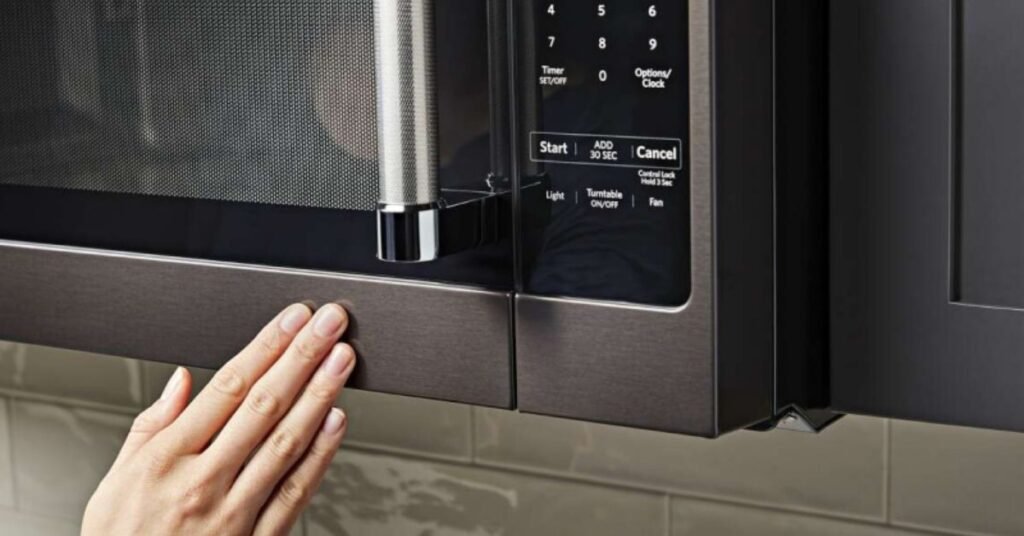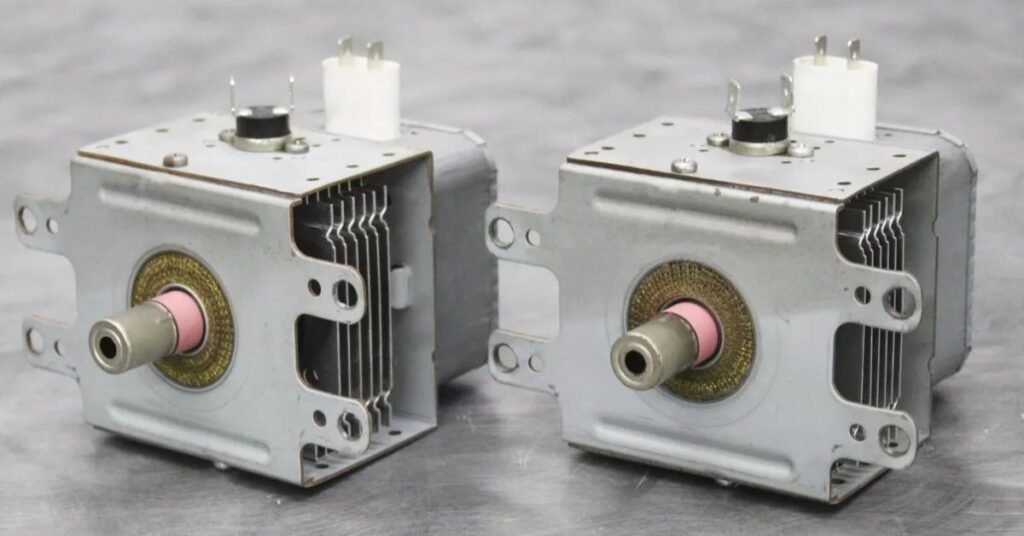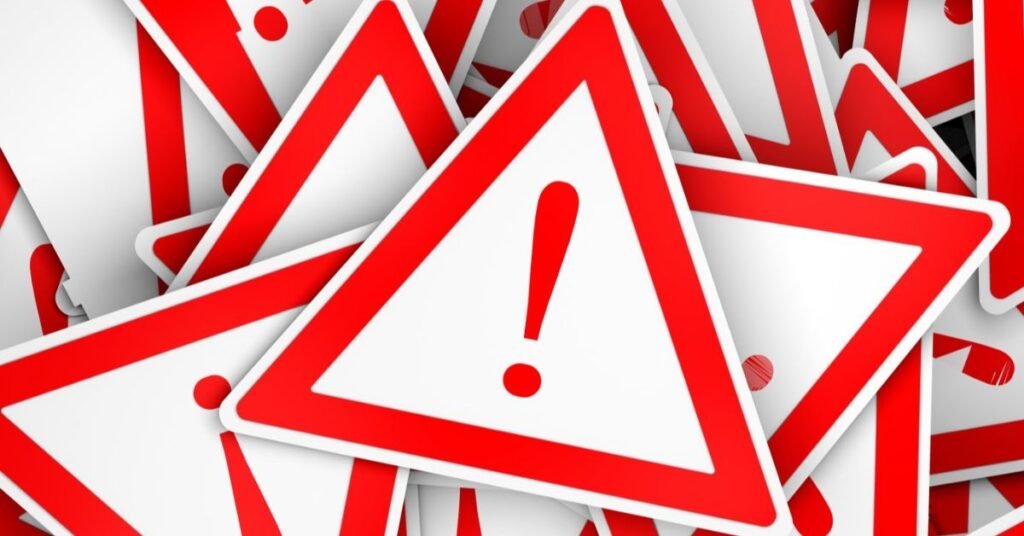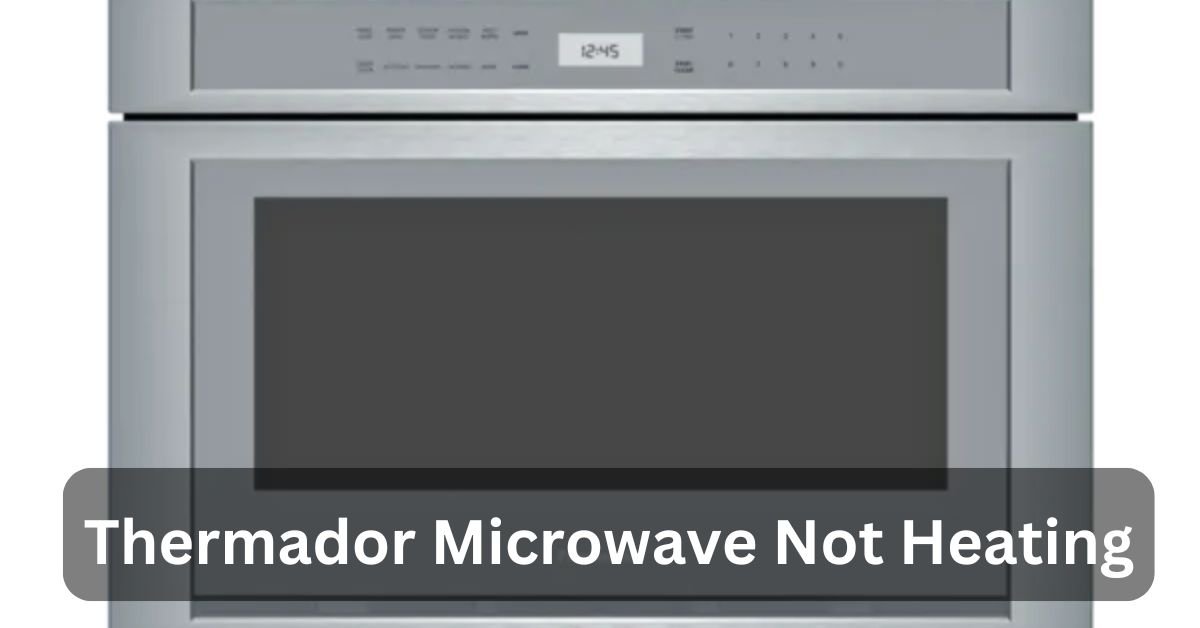Thermador, a logo recognized for its high-quality kitchen home equipment, offers reliable microwaves that typically carry out surprisingly well. However, just like any other appliance, they may occasionally have issues. One frequently posed question is, ” Why does a Thermador microwave switch on yet not heat?”
The Thermador microwave will not be able to warm the food, assuming that the magnetron wears out or supports harm.
This article will explain the expected reasons for the issue and guide you through the most proficient method of investigating and determining it.
Understanding Microwaves Work:
These waves cause water molecules within the food to vibrate, producing warmness. The essential additives concerned with this procedure are:
- Magnetron: This generates microwaves.
- High Voltage Diode: This converts the electrical energy to the high voltage the magnetron requires.
- High Voltage Capacitor: This stores and releases electricity to the magnetron.
- Transformer: This steps up the voltage.
When a microwave stops heating, the difficulty typically lies with one of these additives.
Common Reasons Why Your Thermador Microwave Isn’t Heating:
1. Faulty Magnetron:
The issue that generates microwaves can fail, preventing heating.
2. Burnt-Out High Voltage Diode:
This diode converts power and works with the magnetron; if it is burnt, the microwave won’t warm.
3. Defective Door Switch:

If the door transfer does not sign well, the microwave won’t operate.
4. Blown Thermal Fuse or Thermoprotector:
These guard against overheating and want substitutes if blown.
5. Faulty Capacitor:
Works with the diode and magnetron to create excessive voltage; a faulty one will forestall heating.
6. Malfunctioning Control Board:
Regulates energy to components; if defective, it can save you heating.
Also Read: Can Red Solo Cups Go In The Microwave?-A Complete Guide
Step-with the aid of-Step Troubleshooting Guide:
1. Safety First:
- Unplug the Microwave: Before troubleshooting, ensure the microwave is unplugged to avoid electric-powered shock.
2. Check the Power Source:
- Verify Outlet: Plug every other device into the same outlet to ensure it’s running.
- Reset Circuit Breaker: If the microwave is on a dedicated circuit, reset the breaker to ensure that energy is being supplied.
3. Inspect the Door Switch:
- Check Door Closure: Ensure the door closes properly and you hear a clicking sound while it shuts.
- Test Door Switch: Use a multimeter to check for continuity. Replace if defective.
4. Examine the High Voltage Diode:
- Access the Diode: Locate the diode within the microwave (consult your manual for the exact location).
- Test the Diode: Use a multimeter to check for continuity in a single direction. Replace if there’s no continuity or if it indicates continuity in both instructions.
5. Inspect the Magnetron:

- Visual Check: Look for any signs of harm, like burn marks.
- Test the Magnetron: Use a multimeter to check for continuity among the terminals. If there is no continuity between the terminals and the casing, replace the magnetron.
6. Check the Capacitor:
- Discharge the Capacitor: Use a screwdriver with an insulated deal to discharge the capacitor.
- Test the Capacitor: Use a multimeter to check for continuity. If it doesn’t show a short surge of continuity followed by an analysis of countless resistance, replace it.
7. Inspect the Thermal Fuse or Thermoprotector:
- Locate the Fuse/Thermoprotector: Refer to the guide to find their place.
- Test for Continuity: Use a multimeter to test for continuity. Replace if there’s no continuity.
8. Examine the Control Board:
- Visual Inspection: Look for any burnt additives or visible harm.
- Test Functionality: Even if different additives check fine, the managing board is probably defective. This usually requires an expert prognosis and repair.
9. Preventive Measures:
- Regular Cleaning: Clean the indoors to save meal debris from causing issues.
- Avoid Overloading: Don’t overload the microwave with huge or heavy items.
- Follow Manufacturer Instructions: Use the microwave per the guidelines to avoid harm.
Also Read: Can You Put A Baseball Glove In The Dryer?-A Complete Guide
When to Call a Professional:
1. Lack of Technical Knowledge:
If you’re unfamiliar with electrical additives and their checking out, it’s critical to depart the process to an expert to avoid injury or additional harm.
2. No Improvement After Basic Troubleshooting:
If you’ve checked the strength source, door switch, and essential additives, but the microwave still doesn’t warm, an expert can perform extra advanced diagnostics.
3. Safety Concerns:

Microwaves comprise high-voltage components that can keep a rate even when unplugged. If you need help with accurately discharging these additives, seek expert assistance.
4. Complex Component Replacement:
If fundamental additives like the magnetron, high-voltage diode, capacitor, or manipulator board need replacement, a professional will have the necessary tools and knowledge.
5. Warranty Considerations:
If your microwave is still under warranty, trying to maintain it yourself may also void it. Contact an expert to make sure the warranty remains legitimate.
6. Visible Damage:
If you see burnt components, broken elements, or any signs and symptoms of widespread harm within the microwave, it’s safer to have a professional handle the maintenance.
7. Persistent Issues:
If your microwave has recurring problems or some additives seem to be failing, an expert can offer a comprehensive prognosis and repair plan.
Also Read: How Hot Is A Microwave On High?-An In Depth Guide
FAQ’s:
1. Why does my microwave run but not heat up?
Misset functions or broken components are regularly in charge while your microwave is not heating up.
2. Why does my microwave forestall operate while it’s warm?
That is because most microwaves have computerised shutdown functions when they overheat.
3. Why does my Thermador microwave smell like burning plastic?
A defective capacitor may also overheat and convey a burning odour. Inspect the capacitor for visible harm or burn marks and replace it if necessary.
4. How do you unlock the Thermador microwave oven?
On your control panel, under the Thermador Logo, there should be a Panel Lock button to the right of the Light button. Press and hold this button for 5 seconds, and if the control panel doesn’t unlock, then there is nothing you can do but replace the door lock.
Conclusion:
A Thermador microwave that isn’t heating can be irritating, but with a systematic approach to troubleshooting, you can often identify and resolve the hassle. Understanding the unusual reasons, from faulty magnetron to door transfer troubles, permits you to take appropriate action.
Always prioritise protection when working with electric appliances, and don’t hesitate to seek expert help for extra complicated maintenance. With the proper protection and care, your Thermador microwave can continue to serve you successfully for years.

